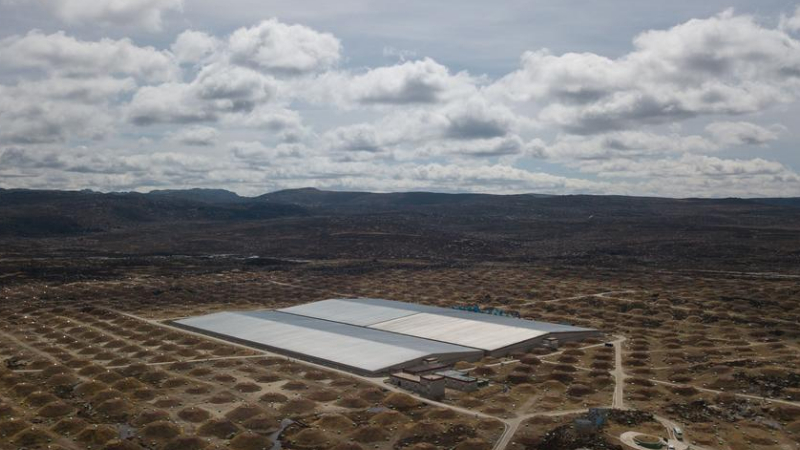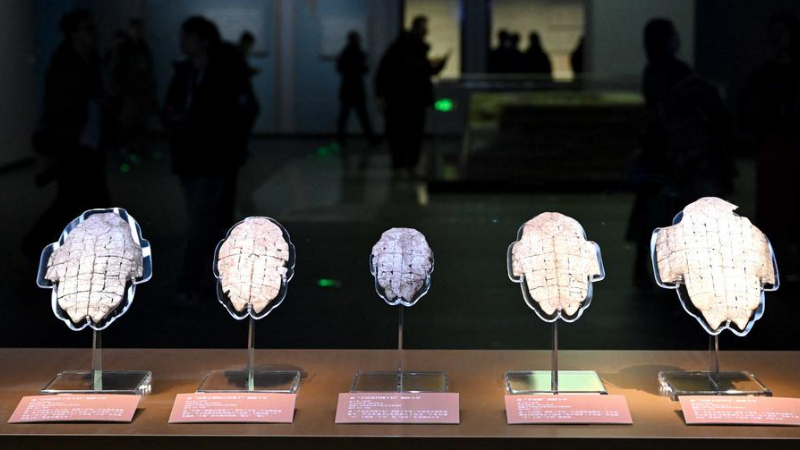BEIJING, Feb. 28 (Xinhua) -- China's strides in space technology are now enriching the preservation of cultural relics, as spacecraft engineers have repurposed a robot originally designed for orbital missions to protect tomb artifacts.
The China Academy of Space Technology (CAST) recently announced the development of such a robot. Combined with electron beam irradiation technology, it can be used as an intelligent mobile system to eradicate bacteria that thrive on ancient murals in small tombs.
Equipped with a robotic arm mounted on a mobile wheeled chassis, this device can scan scenes of tomb walls and domes.
Similar to the radiation disinfection technology used in medical treatment, the electron beams can eliminate harmful bacteria that cause murals to fade or chip over time.
The project was initiated by the Dunhuang Academy, an institute for the protection and research of the World cultural heritage of Dunhuang Grottoes in China. It has accumulated rich experience in cave painting conservation over the past decades. From 2020 to 2022, the academy has taken the lead in on-site protection of national tomb murals.
"The tomb mural preservation poses a great challenge," said Yu Zongren, head of the academy's conservation institute.
Being buried deep underground for extended periods exposes tomb murals to highly humid environments, fostering the proliferation of microorganisms that accelerate their deterioration. Furthermore, given the generally confined space within tombs, any negligence in cleaning and protection work can result in additional damage to these invaluable relics.
The conventional disinfection approach involves the use of chemical agents, which, unfortunately, may pose health risks to the people involved as well as affect the murals.
As immovable cultural relics, murals need on-site protection, so using traditional biocide agents is not a sustainable option, Yu noted.
In response to the demand for on-site protection of tomb murals, researchers from the Institute of High Energy Physics (IHEP) under the Chinese Academy of Sciences have undertaken the development of an intelligent mobile irradiation sterilization device. They proposed the requirement of "maintaining a small and precise size while prioritizing safety," and collaborated with engineers from the CAST to develop the robot.
Despite rich experience in developing robotic arms for large space capsules, the engineers have never created a robot specifically for tomb artwork clearing before.
"We had dedicated much of our efforts to reducing size and enhancing the flexibility of the robot, making it more suitable for tomb applications," said Xu Jianping, head of the engineering team.
Laser sensors, installed on the remotely operated robot, can detect and avoid obstacles, ensuring a safe distance between the robot and the murals.
According to Xu, these technologies had been used on China's spacecraft.
Although most of the engineers had never seen mural artworks before, they take pride in using space technology for the protection of centuries-old cultural relics, Xu noted.
The robot was showcased for the first time at a domestic exhibition on cultural relic protection last September. The research team plans to conduct more experiments before putting it into service. ■











